How is your information journey going?
If your organisation is like many, then you may not have even realised that you’re on an information journey.
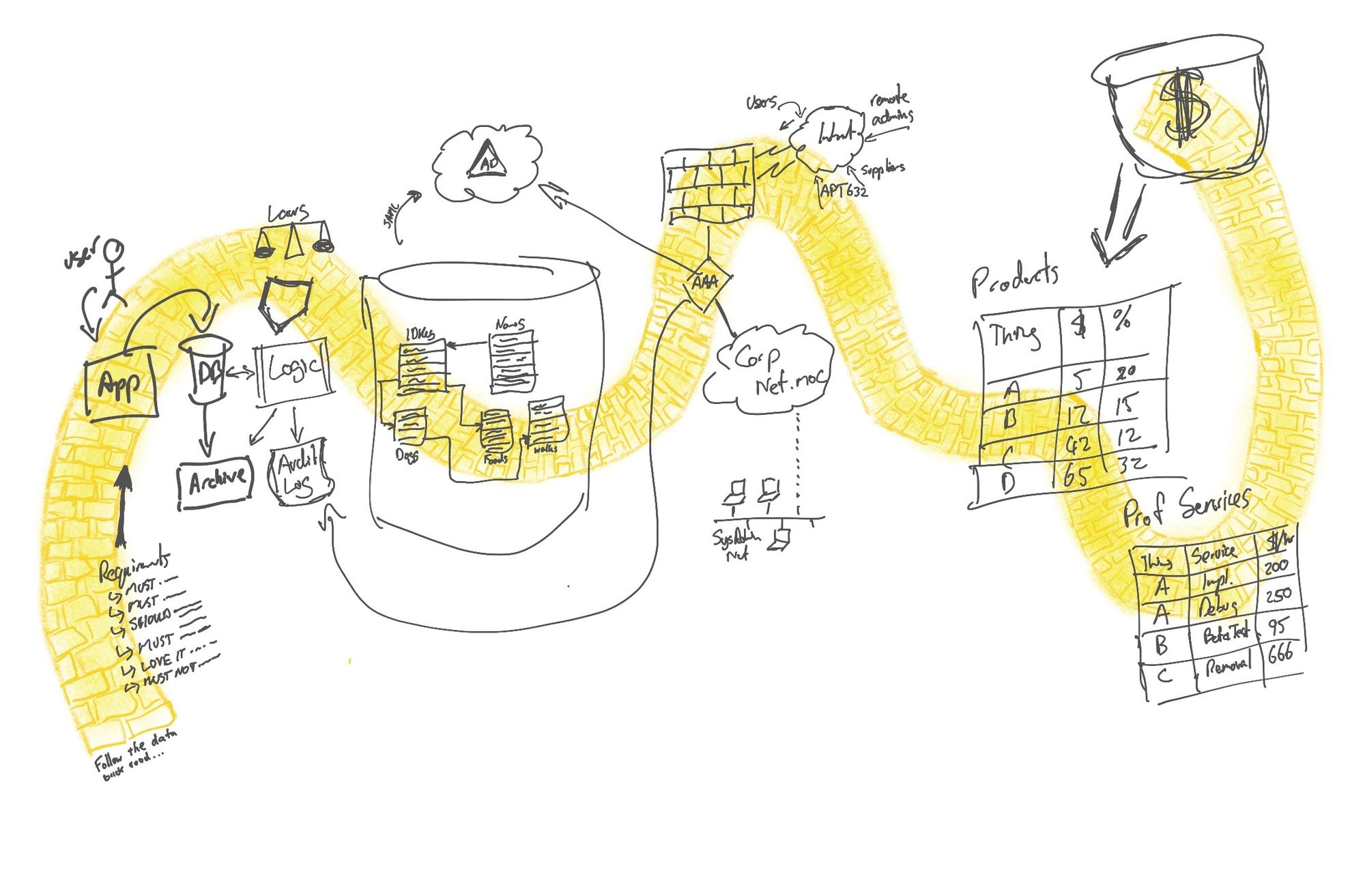
If your organisation is like many, you may not have even realised that you’re on an information journey.
Note: the usual caveats apply to this post.
I can’t think of a single organisation, from tiny to huge, that isn’t a data business of some sort. From the local fruit and veg store to the large corporate; from the community organisation to the not-for-profits - every single one uses data to achieve their goals.
If you use data, you’re on an information journey.
Let’s briefly take a look at what we mean by "the info journey" and some of the elements involved. (Note that these elements are not necessarily on a linear timeline but presented here as such for ease of viewing.)
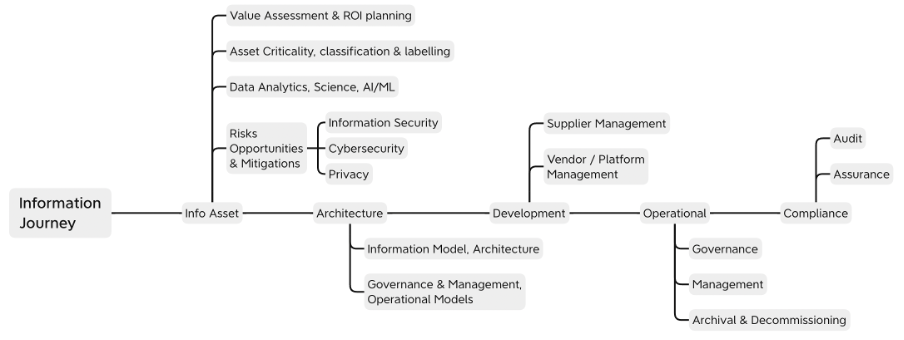
If you were starting an information journey now (for example, if you were to build a new business from scratch) you’d probably start by looking at what data your organisation is going to handle to meet the outcomes you need to achieve. Most likely, you’ll have client and staff records, accounts and payments information, ICT and development data, and your organisation-specific products and services data (i.e. data from where your income is derived).
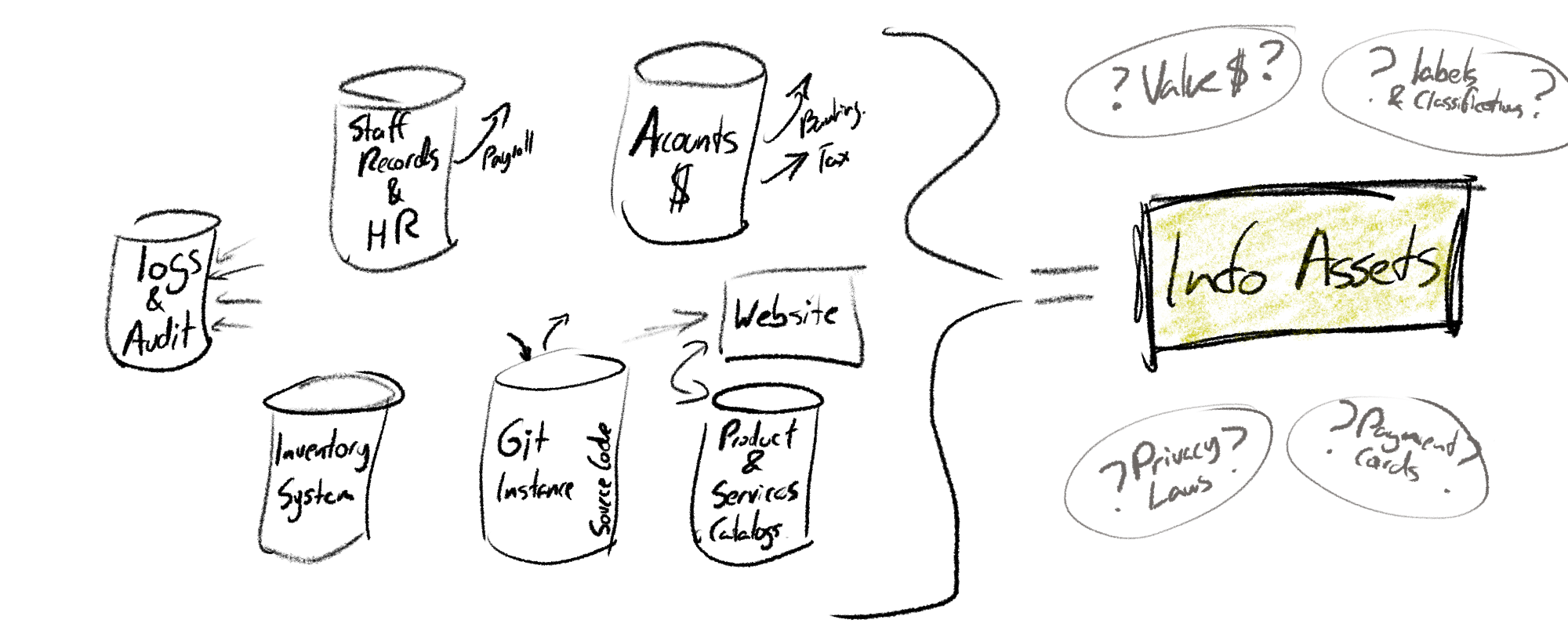
All of this data forms part of your organisational information assets.
These examples are just scratching the surface of what you actually have in your organisation. Once you start mapping it out, you might be surprised at what you actually have… remember to check your local laws and regulations to see if you are supposed to have it (or keep it all) – but that’s a story for another post.
So why does all this data exist? Hopefully, it all serves the purpose of allowing your organisation to do its thing – it supports your organisation’s reason for existing. Done right, that data should help generate the income for the organisation too.
You're likely to evaluate the architecture of how this data is linked together – you might even build out a data fields map and interconnections between the various systems, and the data flows and processes at a business level.
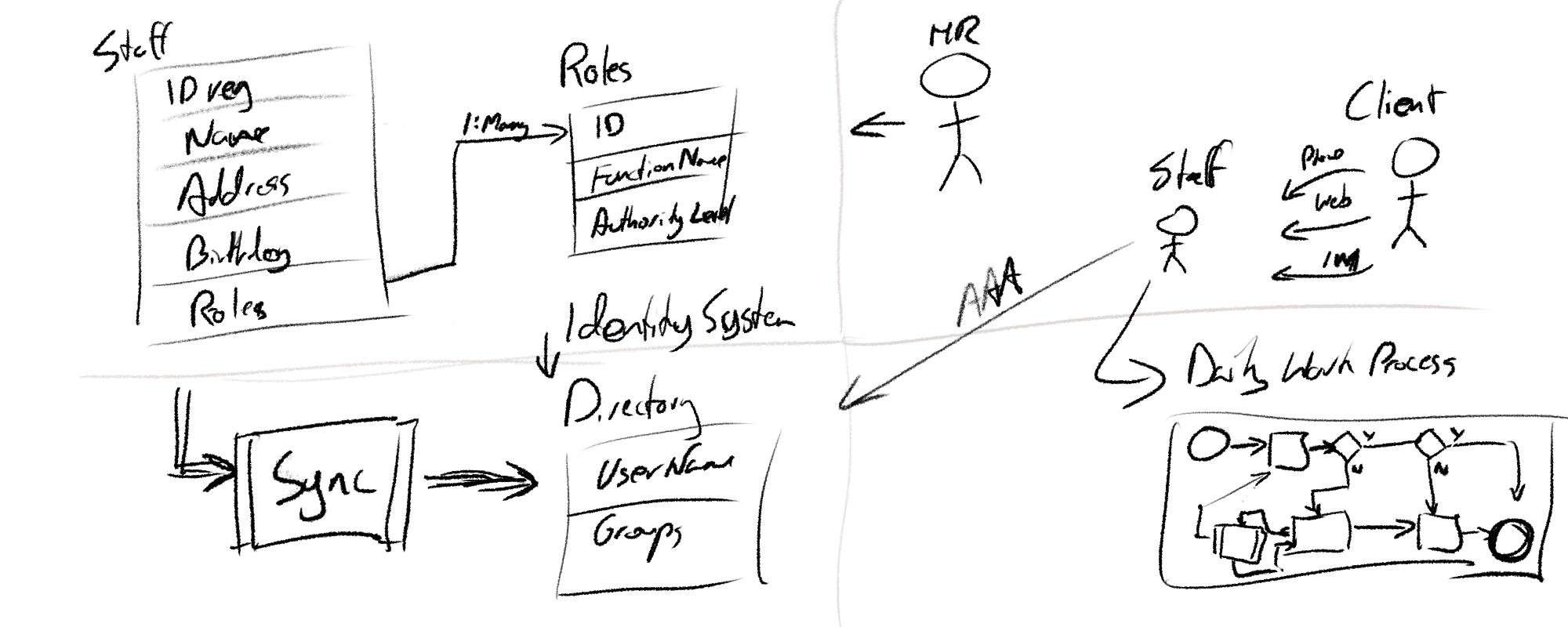
Tip: remember to document things and hang onto the artefacts you’ve built, as they’ll form part of your organisation’s intellectual property.
As part of this architecture work, you will likely stray into the governance, management and operational models of how things should function within your org. The actual operational aspects might vary but should also take into account data archival and decommissioning activities, as necessitated by your applicable laws and regulations.
If you’re going to use developers to code your own solutions there’s raft of other things to consider, from things code analysis and securing your source code (more organisational intellectual property!) but even if you’re ‘just’ configuring commercial cloud offerings like SaaS products you may want to consider what assurances and data you need back from the vendor of the product. This will include such things as log files and statements of applicability around where your data is stored, how and where it is encrypted and so on… what will a compliance person or auditor be asking for?
But let's face it - the likelihood is low that you’re in a ‘greenfield’ organisation. You're more likely in a business that has grown organically over time... brought in different software to do different things (maybe even acquired or merged with other businesses, with totally different data, software and culture) and you’re in an operational state.
So how do you approach the information journey?
Step 1
You've had the realisation that you’re on an info journey.
You have a data-related past.
You’re in the information-related present.
You have a knowledge-related future in mind, possibly with a sprinkling of added 'wisdom' derived from your data!
(Note: there's some references here to the DIKW pyramid.)
Step 2
Quantify your organisational outcomes as metrics to be achieved. What do you need to achieve? (Defining requirements as ‘must’, ‘should’ and ‘optional/nice-to-have’ can be very helpful in both the short and longer term; along with the standard numerical approach.) How are you going to measure against these metrics?
Remember that it is difficult to move forward if you don’t know where you are – measure your present, so you can prove your improvement in the future… bringing us to:
Step 3
Perform an assessment in an unbiased way.
Where your journey is strong and where it is weak?
Where it is important to get stronger?
(You may want some outside help for this, unbiased self-assessment is never easy.)
Step 4
Using the requirements from step 2 and the assessment from step 3, plan your information journey ‘upgrade’ – create a roadmap of how to get to there.
Step 5
Plan your how you'll get value from your information.
How do you provide metrics and historical views on performance?
Do you have to put in a lot of effort every month to “generate reports for management” or does everyone simply look at dashboards that show them immediately what they need to know?
Example sales dashboard given below - do you have this level of realtime visibility?
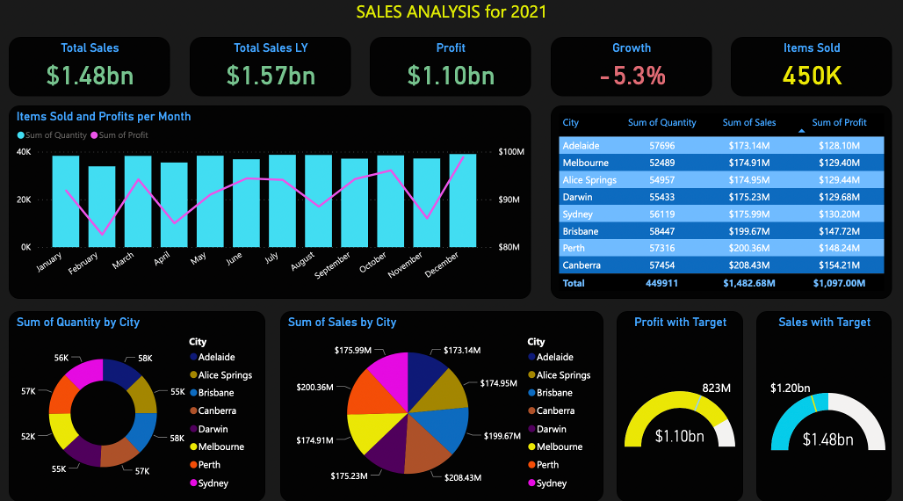
Step 6
Start delivering against your roadmap!
Make sure you reassess progress periodically, both to ensure you’re delivering to the requirements you set (assurance) and also to ensure those requirements are still what you need. Nothing stays static for too long, except data that should have been archived!
Obvious self-promotion time - Adrenalan can assist you with all parts of your information journey – please get in touch.
We work with you to meet your outcomes.
Safe information travels!
